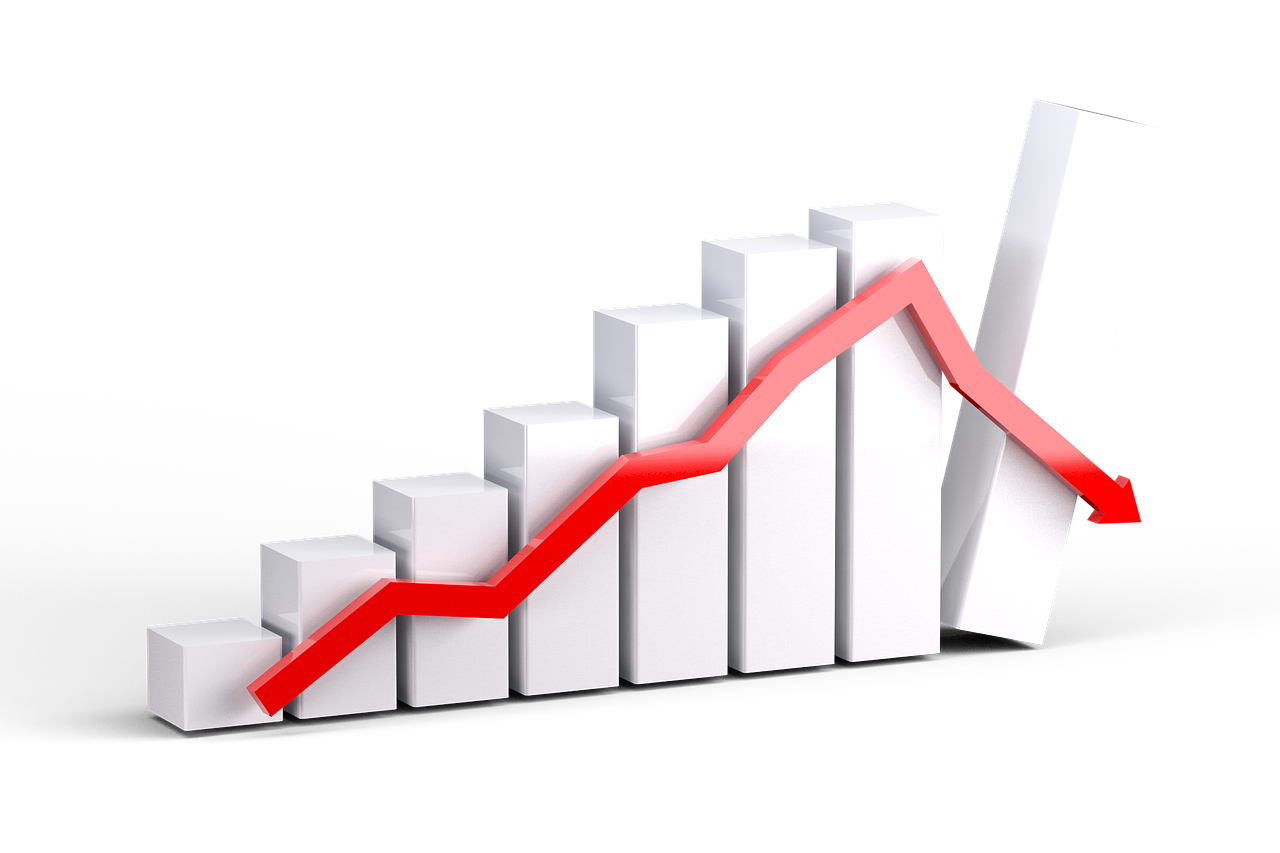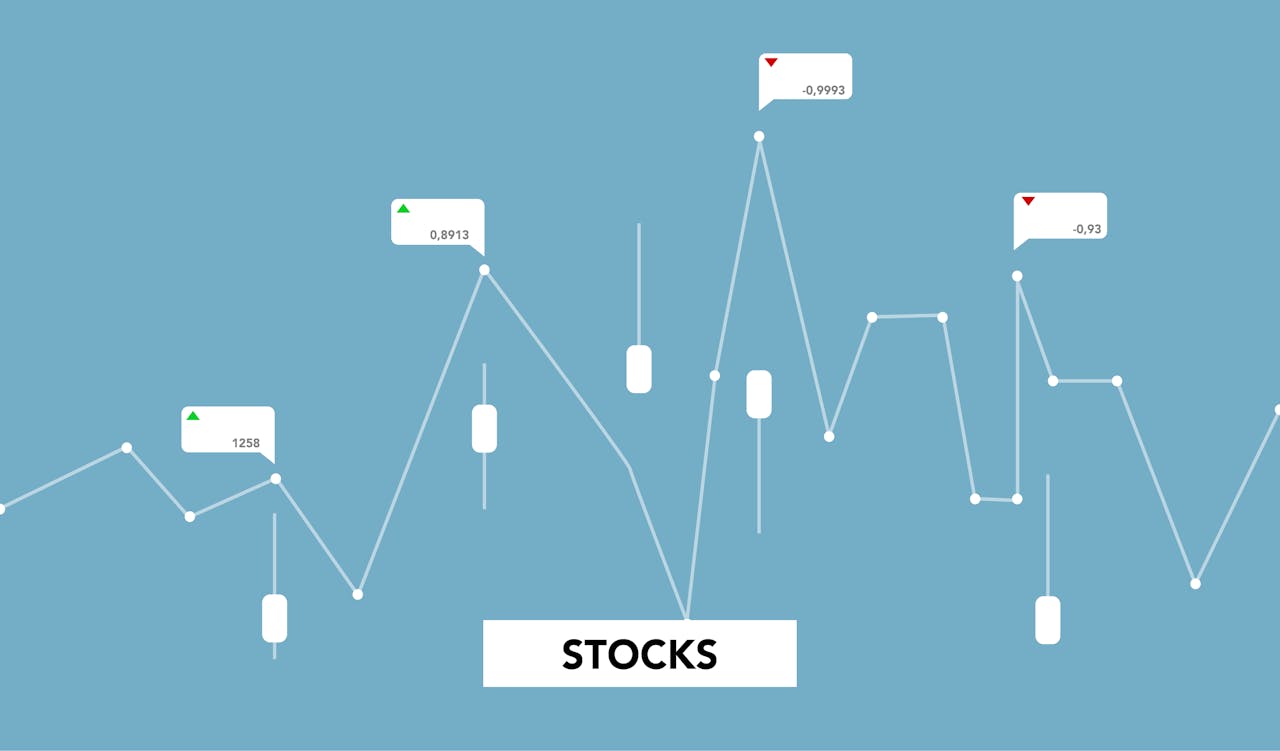The Stock Market Crash of 1929 was a pivotal event that reshaped the U.S. economy and altered the course of global financial markets. The collapse of the stock market led to the Great Depression, causing widespread economic suffering. Understanding the causes, events, and consequences of this crash is essential to comprehend the depth of the financial catastrophe.
Causes of the Stock Market Crash of 1929
Several factors contributed to the 1929 stock market crash. The first and foremost was the rapid expansion of stock speculation during the 1920s. During this decade, the U.S. economy experienced a period of immense prosperity, with industries booming and wages rising. However, many investors, both large and small, became overly confident in the market’s upward trend.
A major catalyst for the crash was the practice of buying stocks on margin, which allowed individuals to borrow money to purchase more stock than they could afford. This created an unsustainable rise in stock prices, and when the market began to show signs of slowing down, panic spread quickly. Investors began selling off their shares, which led to a sharp decline in stock prices.
The Events Leading to the Crash
In the late summer and fall of 1929, the stock market began to show signs of instability. Stock prices, which had been rapidly increasing, started to plateau and then fall. On October 24, 1929, known as “Black Thursday,” the stock market experienced its first major drop. As a result, panic set in, and a large number of investors rushed to sell their stocks.
Despite efforts by major banks and financial institutions to stabilize the market, the panic only intensified. By October 29, 1929, known as “Black Tuesday,” the market had plummeted even further. On this day alone, nearly 16 million shares were traded, and the Dow Jones Industrial Average lost over 12% of its value. The widespread collapse of stock prices left investors in financial ruin, and the consequences were felt across the globe.
Impact on the Economy
The immediate aftermath of the Stock Market Crash of 1929 was devastating. The sudden loss of wealth had a ripple effect throughout the economy. Banks, many of which had invested heavily in the stock market, found themselves facing insolvency. As a result, they tightened lending practices, making it more difficult for businesses and consumers to access credit. This created a downward spiral, with businesses failing, unemployment rising, and consumer spending plummeting.
The Stock Market Crash did not just affect Wall Street; it affected Main Street as well. Small businesses, already struggling with the economic slowdown, were hit hard. As more people lost their jobs, demand for goods and services decreased, leading to further economic contraction. By 1933, nearly a quarter of the U.S. workforce was unemployed, and the nation was gripped by the Great Depression.
The Global Reach of the Crash
The effects of the Stock Market Crash of 1929 were not confined to the United States. As one of the world’s largest economies, the U.S. played a critical role in global trade. When the market collapsed, it caused a domino effect on international economies, particularly in Europe. Countries that relied heavily on trade with the U.S. found themselves facing financial hardship.
In addition to the economic disruptions, the crash contributed to rising political instability in various countries. Governments struggled to manage the economic fallout, and in some places, radical political movements gained traction as citizens sought solutions to the crisis. The global nature of the economic downturn ultimately set the stage for the Great Depression, which affected countries across the world.
Response to the Crisis: The New Deal
In response to the economic disaster, President Franklin D. Roosevelt implemented the New Deal, a series of programs and reforms aimed at addressing the effects of the Great Depression. The New Deal focused on three primary goals: relief for the unemployed, recovery for the economy, and reform of the financial system to prevent future crashes.
One of the most important reforms introduced during the New Deal was the establishment of the Securities and Exchange Commission (SEC). The SEC was tasked with regulating the stock market and protecting investors from fraudulent practices. The Glass-Steagall Act, which separated commercial and investment banking, was also passed to reduce the risks associated with speculation.
Long-Term Consequences of the Stock Market Crash
The Stock Market Crash of 1929 had long-lasting effects on the financial system and the economy. In the years following the crash, a number of new regulations were put in place to prevent another financial collapse. The most significant of these was the creation of the Federal Deposit Insurance Corporation (FDIC), which insured bank deposits to restore confidence in the banking system.
The crash also led to a more cautious approach to investing. Many investors became more risk-averse, and stock market speculation was significantly reduced in the years that followed. Additionally, the lessons learned from the crash led to a more robust regulatory framework for the financial industry, which continues to shape U.S. economic policy today.
Conclusion: A Lesson in Financial Caution
The Stock Market Crash of 1929 was a tragic event that forever changed the financial landscape of the United States and the world. The collapse of the stock market revealed the dangers of speculative investing and the vulnerabilities in the financial system. In the years since the crash, efforts have been made to prevent a similar disaster, but the lessons of 1929 continue to shape economic policy and financial regulations to this day.
While the crash was a turning point in American history, it also served as a reminder of the importance of sound financial practices. The events of 1929 highlight the need for careful investment strategies and the regulation of financial markets. Ultimately, the Stock Market Crash of 1929 demonstrated that unchecked speculation and economic imbalances can have far-reaching and devastating consequences.
In conclusion, understanding the Stock Market Crash of 1929 is essential for learning from history. The crash serves as a powerful lesson on the importance of financial regulation, caution in investment, and the need for government intervention in times of economic crisis. By studying this event, we can better prepare for future financial challenges and avoid repeating the mistakes of the past.
Check out our Facebook or X accounts.
For more topics check here.



